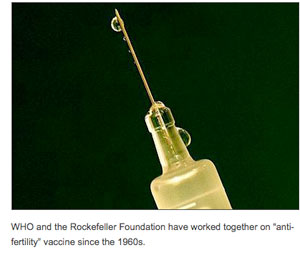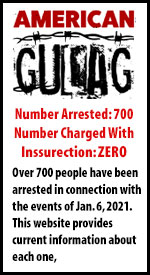The Polio Vaccine, AIDS, and their US-Made Viruses

By Jerry Mazza
Online Journal Associate Editor
Jan 11, 2008, 00:43
When I was a teenager growing up in Brooklyn, my parents warned me every summer to stay away from public pools or taking any chances running under opened fire hydrants to cools us from the brick-and-tar baking heat. Their fear was the epidemic of polio that haunted the US -- 52,000 cases in 1952 alone. My parents worried that polio "germs" could be carried in the highly used and abused public waters.
Yet in April 1955, in my 17th year, lo and behold Dr. Jonas Salk, a funny looking guy from Pittsburgh, announced from the University of Michigan that he had developed a polio vaccine for distribution. Eureka. Thousands of families like mine flooded to the local doctors, clinics, and hospitals. It seemed all those rosaries my friends' mothers and mine gave up to the Holy Mother paid off. But did they?
As William Carlsen reports in his SFGATE article "Rogue virus in the vaccine:" Salk's vaccine was produced by actually growing live polio virus on kidney tissue from the Asian rhesus monkey. The virus was then killed with formaldehyde. Thus, when the vaccine was injected in humans, the dead virus generated antibodies that could fend off live polio. What a simple, beautiful idea. Or so it seemed.What the millions of people who were injected didn't know, nor would they until 1959, when Bernice Eddy, looking in her microscope at the National Institutes of Health (NIH), found that monkey kidney cells, the very same kind used to make the vaccine, were dying with no known cause. So she experimented.
She prepared extracts from kidneys from eight to 10 rhesus monkeys. She then injected tiny amounts beneath the skin of 23 newborn hamsters. In nine months, "large, malignant, subcutaneous tumors" showed up on 20 of the animals -- and the world shook. Or did it?











 CHARLOTTESVILLE, Va. — Paul Lombardo hadn't planned on a three-decade detour when he stopped at a greasy-spoon restaurant for breakfast in February 1980. Lombardo, then a graduate student at the University of Virginia, picked up a newspaper to read as he ate his bacon and eggs.
CHARLOTTESVILLE, Va. — Paul Lombardo hadn't planned on a three-decade detour when he stopped at a greasy-spoon restaurant for breakfast in February 1980. Lombardo, then a graduate student at the University of Virginia, picked up a newspaper to read as he ate his bacon and eggs.

 In addition to the recent PrisonPlanet-exclusive
In addition to the recent PrisonPlanet-exclusive 






